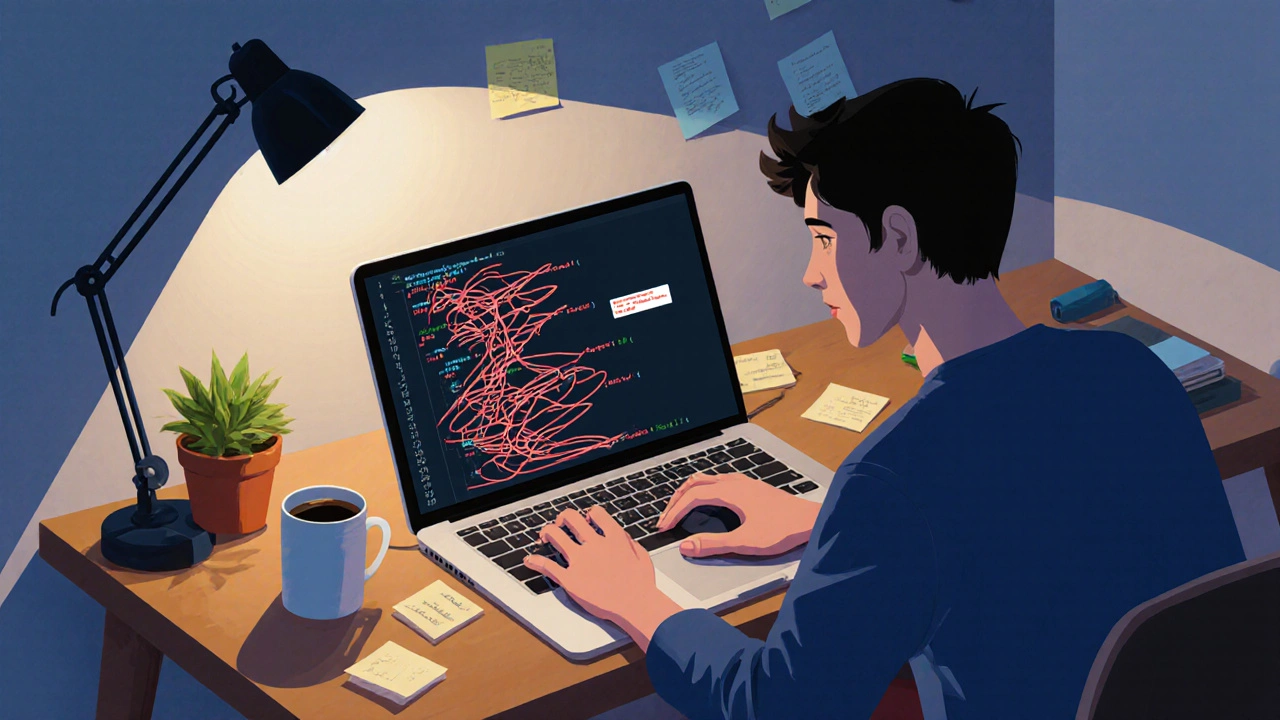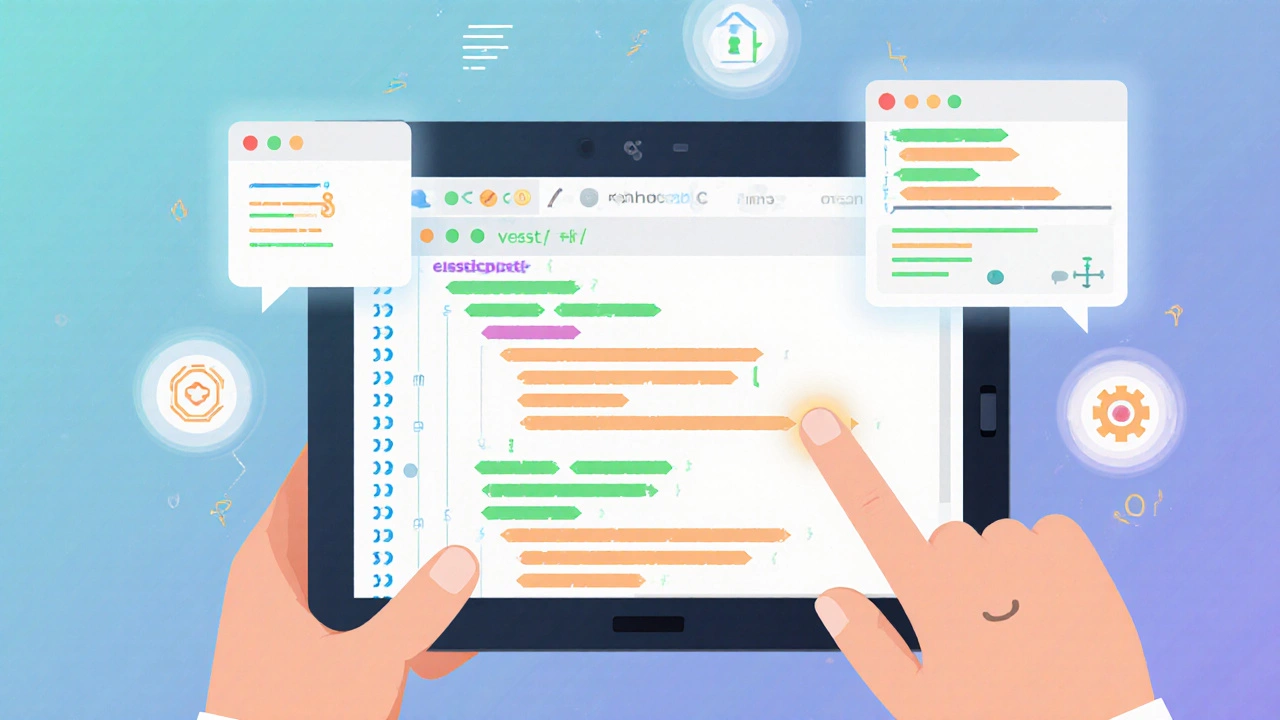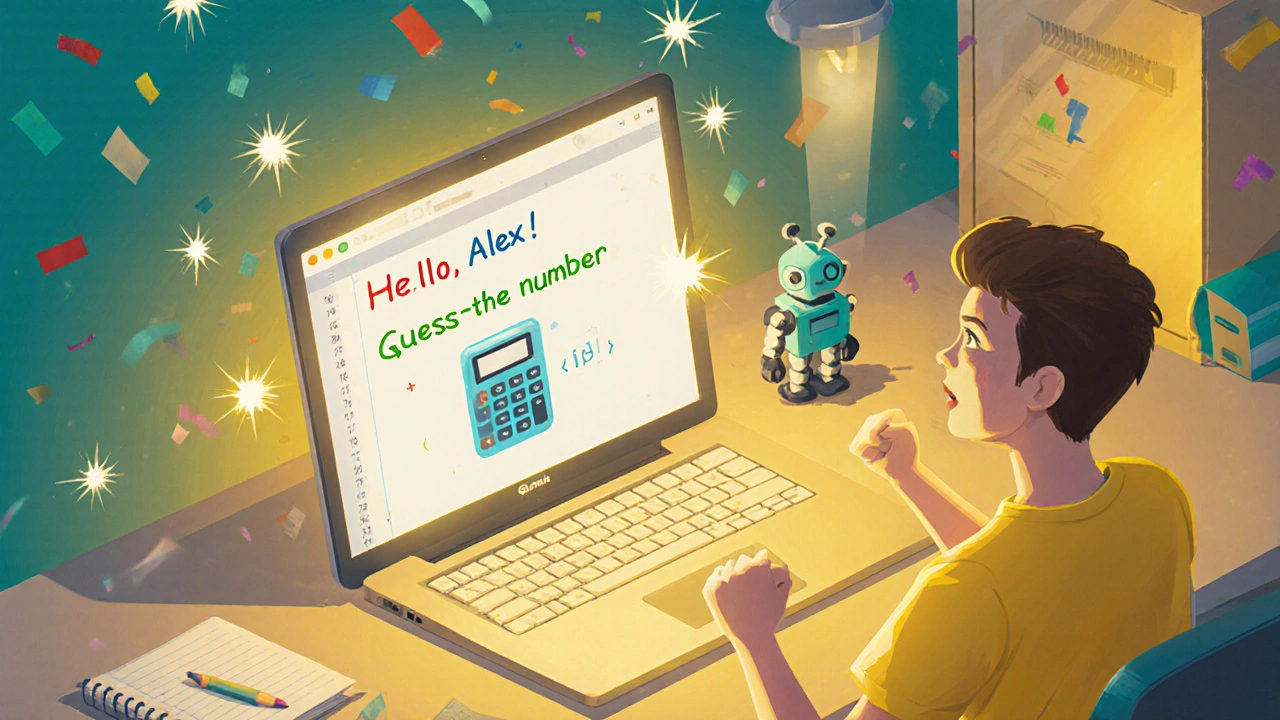
Is Coding Hard for Beginners? Answers & Practical Tips
Key Takeaways
- Most beginners struggle with coding for beginners because they focus on syntax instead of concepts.
- Mindset, proper resources, and short practice sessions cut the learning curve dramatically.
- Choosing the right online coding class a structured course that teaches programming fundamentals through guided lessons can boost confidence fast.
- Tools like a friendly Integrated Development Environment software that provides code editing, debugging, and execution in one window remove common friction.
- Start with tiny projects-displaying a hello message, a basic calculator, or a simple game-to cement learning.
What makes coding feel hard?
When you hear the word Coding the act of writing instructions that a computer can follow, you might picture endless lines of cryptic symbols. That image alone creates a mental barrier. In reality, the difficulty stems from three main sources: unfamiliar language syntax, abstract problem‑solving, and the fear of making mistakes.
First, programming language a set of rules and keywords used to communicate with a computer syntax looks like a foreign dialect until you learn its grammar. Second, algorithm a step‑by‑step procedure for solving a problem requires you to break down tasks into logical chunks, a skill often called computational thinking. Finally, every new coder hits a syntax error a mistake that violates the language’s grammar rules at least once a day, leading to frustration.
Typical beginner hurdles (and how to smash them)
Below is a quick reference that matches a common obstacle with an easy‑to‑apply fix. Use it like a cheat‑sheet while you practice.
| Challenge | Simple Solution |
|---|---|
| Getting stuck on syntax errors | Use a friendly code playground an online editor that runs code instantly and highlights mistakes like Replit or CodeSandbox. |
| Feeling lost when debugging | Learn the basics of debugging the process of finding and fixing bugs in code - start with print statements, then explore built‑in debuggers. |
| Overwhelmed by abstract concepts | Map each idea to a real‑world analogy (e.g., loops are like cooking the same recipe multiple times). |
| Not knowing which language to pick | Start with a beginner‑friendly language such as Python, which reads like plain English. |
| Spending hours on a single problem | Apply the 20‑minute rule - if you’re stuck after 20 minutes, search for a hint or ask a community. |
Why some people pick up coding quickly
It isn’t magic; it’s mindset and environment. People who feel coding is easy often:
- Approach problems as puzzles rather than chores.
- Break tasks into tiny, testable steps (think of building a LEGO set one brick at a time).
- Use resources that explain concepts in plain language-videos, interactive tutorials, and gamified platforms.
- Accept mistakes as learning signals. Every error is a clue pointing to a gap in understanding.
If you adopt these habits, the perceived "hardness" drops dramatically.

Practical steps to make coding less intimidating
Here’s a step‑by‑step roadmap you can follow right now.
- Pick a language that matches your goal. Python for data work, JavaScript for web, Java for Android, etc.
- Set up a comfortable workspace. Install a beginner‑friendly Integrated Development Environment software that combines code editor, compiler, and debugger in one interface like VS Code or Thonny.
- Learn the basics of computational thinking the mental process of formulating problems and solutions that a computer can execute:
- Variables store data.
- Conditions let the program choose paths.
- Loops repeat actions.
- Start with tiny projects. Write a program that greets you by name, then a calculator, then a simple “guess the number” game.
- Use immediate feedback tools. Run code after every few lines; see errors instantly.
- Join a community. Forums like Stack Overflow, Discord coding groups, or a local online coding class a structured learning program with lectures, exercises, and peer support keep you accountable.
- Document what you learn. Keep a simple notebook or digital markdown file. Teaching yourself on paper reinforces memory.
Choosing the right learning path
There’s a flood of resources: YouTube tutorials, free MOOCs, paid bootcamps, and high‑school style coding classes. Here’s how to decide.
- Free video series (e.g., freeCodeCamp) are great for self‑paced learners who like visual explanations.
- Interactive platforms like Codecademy or Scrimba blend code editor with lessons-perfect for those who need hands‑on practice right away.
- Structured online coding class a curriculum delivered via video, quizzes, and projects give you deadlines and a community mentor, lowering dropout risk.
- Bootcamps are intensive, often costing more, but they’re ideal if you want a fast career switch and can commit 40+ hours weekly.
Match your schedule, budget, and learning style to the format. Many beginners start with a free interactive course, then graduate to a paid class for deeper guidance.
Tools that make learning smoother
Modern development tools hide a lot of the friction that used to make coding painful.
- Code playgrounds. Websites like Replit let you write and run code instantly, no setup required.
- Linting extensions. Plugins for VS Code highlight syntax errors as you type, turning mistakes into visual cues.
- Version control basics. Learning Git early helps you track changes and revert accidental deletions.
- Community‑driven cheat sheets. sites like Devhints or OverAPI give you quick reference tables for common functions.

Building confidence through small projects
Confidence grows when you see tangible results. Here are three project ideas that take less than an hour each.
- Personal greeting. Prompt the user for a name and print a custom welcome message.
- Simple calculator. Let the user enter two numbers and choose addition, subtraction, multiplication, or division.
- Guess‑the‑number game. The program picks a random number between 1‑100; the user guesses until correct, with hints like “too high” or “too low”.
After you finish each, tweak it-add a loop, handle invalid input, or style the output. Those micro‑iterations cement patterns in your brain.
Frequently Asked Questions
Do I need a math background to start coding?
Not really. Basic arithmetic helps, but most beginner languages like Python focus on reading and writing code rather than heavy math. You can pick up the required math as you go.
How much time should I dedicate each day?
Consistency beats marathon sessions. Even 20-30 minutes daily creates a habit and keeps concepts fresh. If you’re stuck, the 20‑minute rule encourages short breaks and quick searches.
Is Python really the best language for beginners?
Python’s plain‑English syntax makes it the most approachable for many newcomers. It also powers web development, data science, and automation, so you won’t outgrow it quickly.
What’s the difference between a code playground an online environment that runs code instantly and provides immediate feedback and an IDE?
Playgrounds require no installation and are ideal for quick experiments. IDEs offer deeper features like debugging, project management, and extensions, which become useful as projects grow.
How do I stay motivated when I keep hitting errors?
Treat each error as a clue. Keep a log of the error message, what you expected, and the fix you applied. Seeing a growing list of solved bugs fuels confidence.
Next steps
Pick a language, install a lightweight IDE, and complete the three mini‑projects listed above. If you enjoy the flow, enroll in a beginner‑focused online coding class a structured learning program that combines video lessons, quizzes, and hands‑on assignments to keep the momentum going.
Remember, the hardest part is starting. Once you write the first line of code, the rest follows a pattern you can master with practice.






Write a comment